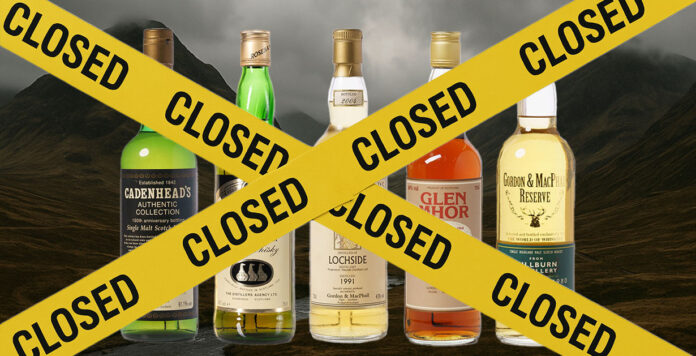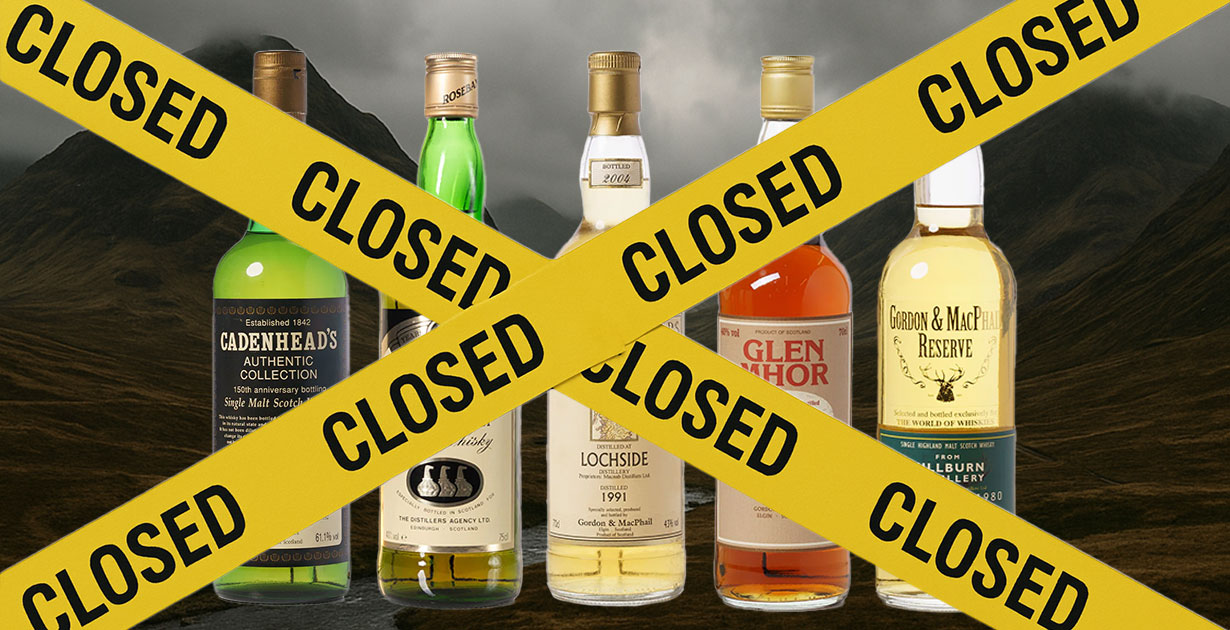
There’s something profoundly evocative about sipping (or keeping) a whisky from lost distillery – a liquid time capsule capturing Scotland’s distilling heritage. These “silent distilleries” have fallen silent forever, their stills dismantled and master distillers long retired.
For collectors and connoisseurs, these rare whiskies represent the ultimate prize – vanished flavor profiles with stocks that only trend toward extinction. In a remarkable opportunity, The Whiskey Wash Shop has secured five extraordinary bottles from these ghost distilleries – your chance to own a piece of whisky history before it disappears forever.
So, let’s take a look at some elusive whiskies from silent distilleries and why they are so prized.
Banff 1976 15 Year Old Cadenhead Authentic Collection
DISTILLERY STATUS: Closed in 1983, Demolished
Buy The Whisky: $1,341

Banff Distillery might well be the unluckiest distillery in Scotland. Founded in 1824 in Speyside, it endured multiple fires, a direct bombing during WWII, which created a legendary “river of burning whisky”, and finally, a devastating explosion in 1959, before falling victim to the 1980s Whisky Loch and closing in 1983.
This rare 15-year-old, bottled by respected independent bottler Cadenhead’s in 1992, captures Banff’s distinctive coastal Highland character. At 61.1% ABV, it delivers an elegant nose of wildflowers and honeyed pollen, followed by a powerfully oily palate with Banff’s signature “mustardy” heat and waxy sweetness. Renowned critic Angus MacRaild scored it an impressive 90/100, noting that “1975-1976 Banffs seem to be consistently spectacular.”
With the distillery completely demolished by 1991, every Banff bottle represents a dwindling treasure that cannot be replaced. This expression, from Banff’s acclaimed late-1970s production, offers a chance to experience what whisky historians consider one of Speyside’s most distinctive lost malts.
Millburn 1980 Gordon & Macphail Reserve, bottled 1998
DISTILLERY STATUS: Closed in 1985, Demolished
Buy The Whisky: $616
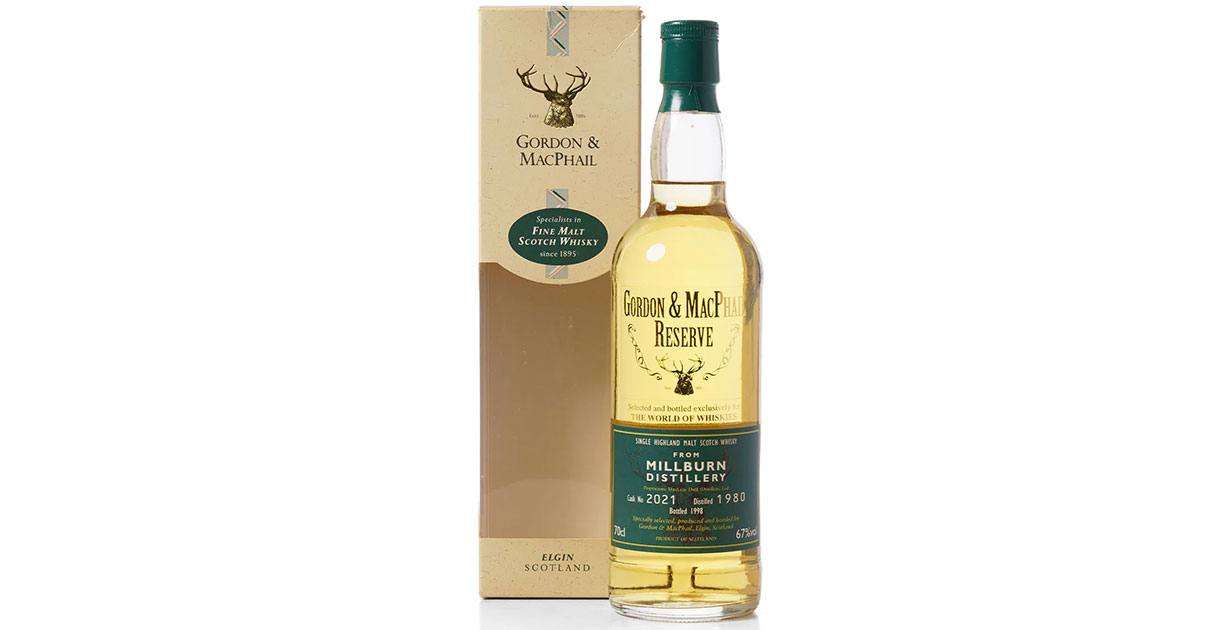
Millburn was the oldest of Inverness’s “Lost Trio” of distilleries, operating from 1807 until 1985. Unlike its rural counterparts, this urban distillery sat in the heart of the Highland capital, preserving old-fashioned production methods, including direct coal firing until the mid-1960s.
This extraordinary 1980 vintage, bottled by the legendary Gordon & MacPhail in 1998, is a marvel at 67.0% ABV. The palate is surprisingly approachable despite its power, with plum eau-de-vie, juicy peaches, and vanilla notes, balanced by a creamy, malty underpinning and gentle spice, according to a fan on Whiskybase.
What makes this bottle truly special is its status as the highest-strength Millburn ever bottled, from a distillery that never released its own official single malts. Today, the old sandstone buildings house “The Auld Distillery” restaurant – but this rare bottling offers the only way to taste the whisky that once flowed from its stills.
Glen Mhor 1965 Gordon & Macphail, bottled 2003
DISTILLERY STATUS: Closed in 1983, Demolished
Buy The Whisky: $1,211
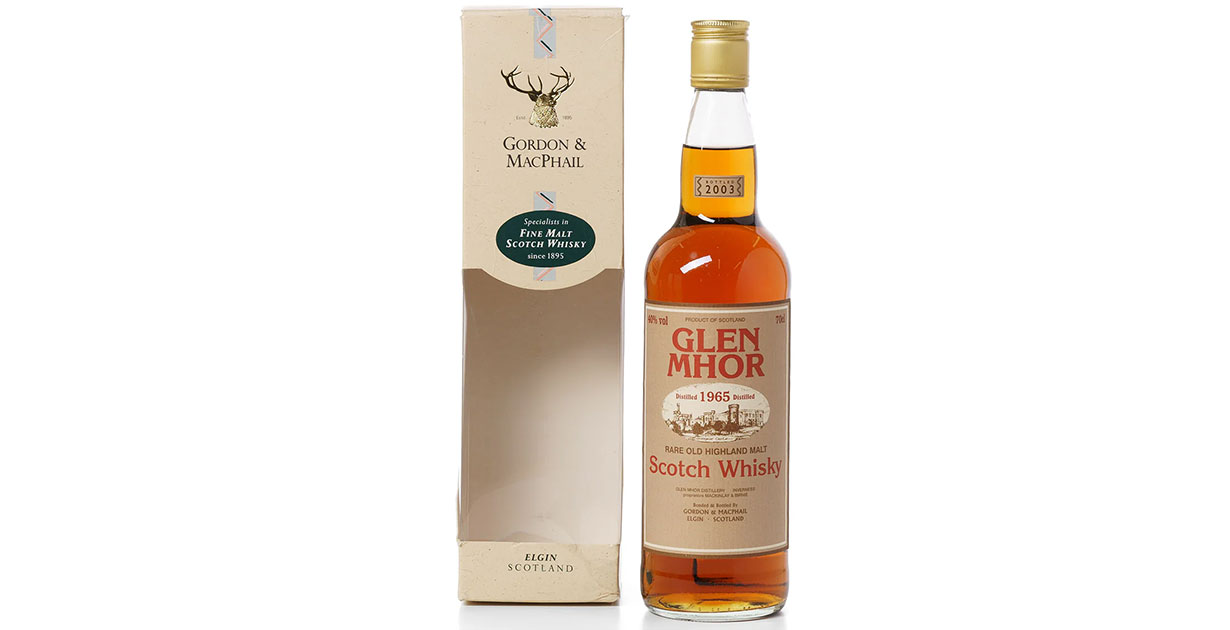
Glen Mhor operated in Inverness from 1892 until 1983, gaining fame as an innovator. It was the first distillery in Scotland to install Saladin box maltings in 1954, revolutionising the malting process.
This 1965 expression, bottled by Gordon & MacPhail in 2003 at approximately 38 years old, showcases Glen Mhor’s remarkable maturation potential. The nose offers buffed sherry wood and floral notes, while the palate delivers silky stewed fruits and peppery spice, with a gentle smokiness and distinctive oiliness – hallmarks of Glen Mhor’s worm tub condensers and long fermentation.
The 1960s vintage Glen Mhors can be surprisingly fruity, making this bottle a time capsule from the distillery’s golden era. At nearly four decades old, it represents a vanishing glimpse into Highland whisky craftsmanship that was once served to royalty, including Queen Elizabeth II during her 1950s visit.
Lochside 1991 Connoisseurs Choice Gordon & Macphail, bottled 2004
DISTILLERY STATUS: Closed in 1992, Demolished
Buy The Whisky: $508

Lochside was an unconventional Eastern Highland distillery with a remarkable twist – it produced both malt and grain whisky under the same roof, an extremely rare setup in Scotland. Beginning life as a brewery in 1781, Joseph W. Hobbs transformed it into a distillery in 1957, creating “blended at birth” whiskies by distilling both styles on-site.
This 1991 bottling from Gordon & MacPhail’s respected Connoisseurs Choice range represents one of Lochside’s final productions before closing in 1992. With its light-to-medium body, the whisky offers a delightful hybrid Lowland-Highland style.
Especially prized by whisky connoisseurs, this whisky is among the last drops from a distillery completely demolished in 2005.
Rosebank 8 Year Old, bottled 1980s
DISTILLERY STATUS: Closed in 1993, Reopened in 2023
Buy The Whisky: $839
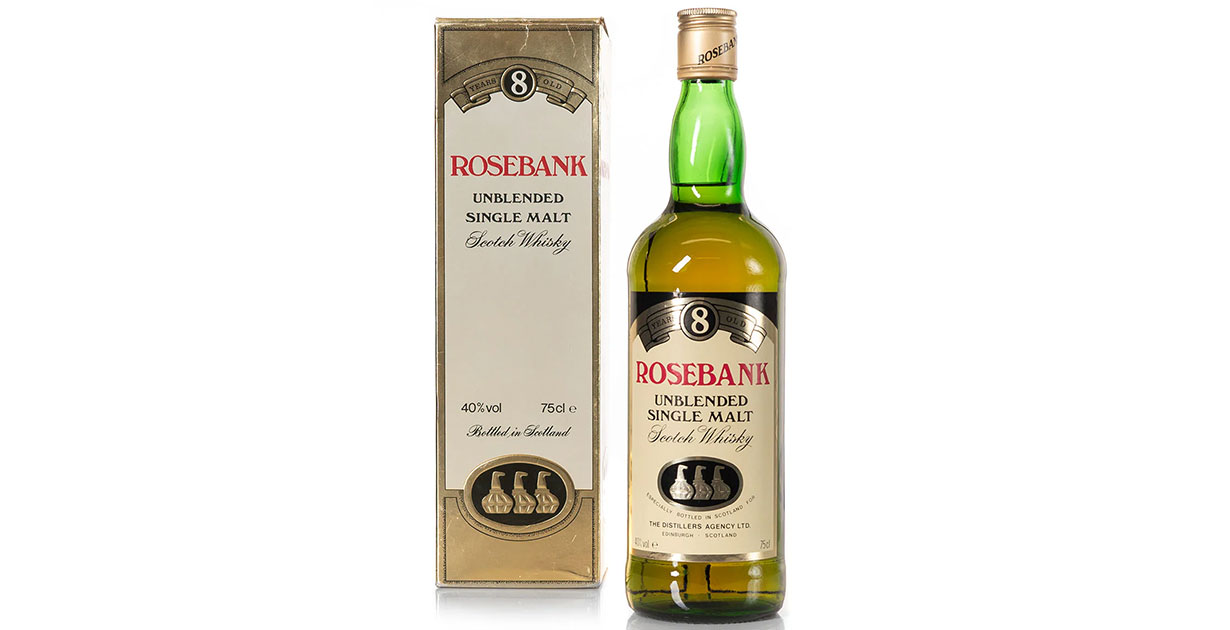
Often hailed as the “King of the Lowlands,” Rosebank was renowned for its triple-distilled elegance until its shocking closure in 1993. After 30 years of silence, Rosebank dramatically returned to production in 2023.
This original 8-year-old from the 1980s offers something the new distillery cannot replicate – whisky from the original stills, which were tragically stolen by thieves in 2008. The profile is quintessential classic Rosebank: fresh hay, lemon peel, and honeysuckle on the nose, with a palate showing sweet malt, citrus, and a silky texture courtesy of traditional worm tub condensers.
While the new Rosebank will attempt to recreate this style, this bottle represents authentic whisky history – the true “King of the Lowlands” in its prime. With Rosebank’s revival generating worldwide interest, older bottlings offer a benchmark against which all new production will be measured.
Read the full article at 5 Whiskies From Lost Distilleries You’ll Never Taste Again
